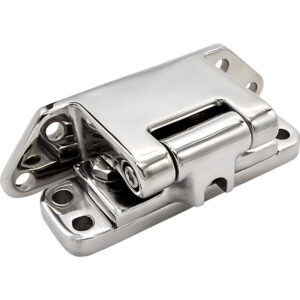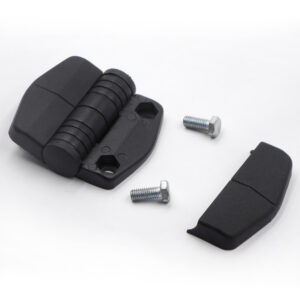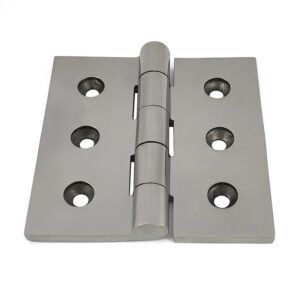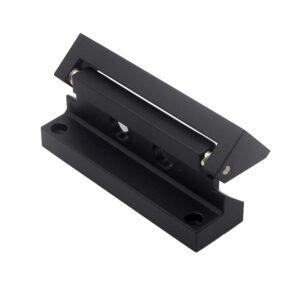Description
Asymmetrical butt hinges are a type of hinge used to attach doors or cabinets to their frames. Unlike symmetrical butt hinges, which have identical leaves, one leaf of an asymmetrical butt hinge is wider than the other. This allows the wider leaf to be mortised into the door or cabinet while the narrower leaf is attached to the frame.
Features:
Features of asymmetrical butt hinges include their ability to provide a strong, stable attachment while allowing for easy removal of the door or cabinet. They also offer a clean, streamlined appearance with minimal visible hardware. Additionally, asymmetrical butt hinges can be found in a variety of materials and finishes to match the aesthetic of the door or cabinet they are attached to.
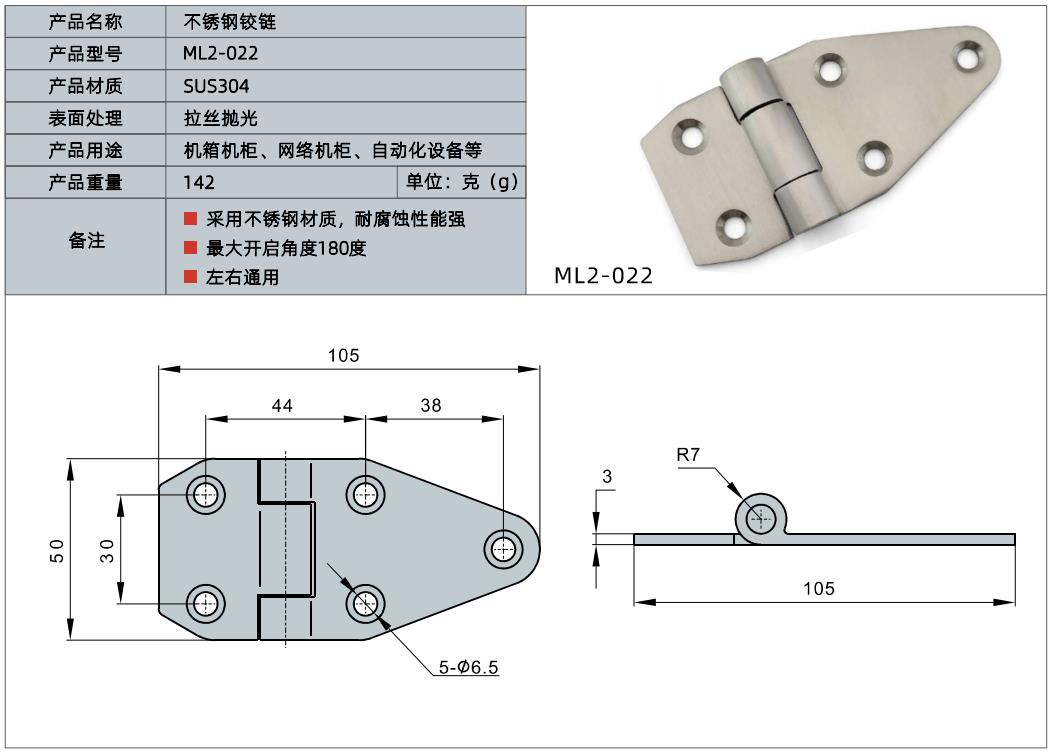
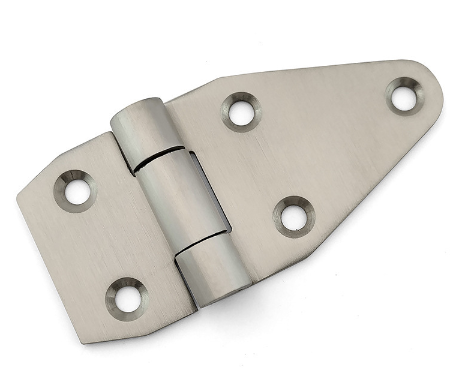
FAQs:
What are the benefits of using butt hinges over symmetrical butt hinges?
Asymmetrical butt hinges allow for a stronger, more stable attachment while providing a clean, streamlined appearance with minimal visible hardware. They also allow for easy removal of the door or cabinet.
What materials are butt hinges typically made from?
Asymmetrical butt hinges can be found in a variety of materials, including brass, stainless steel, and zinc. Some may also be coated or plated with a variety of finishes for added durability and aesthetics.
How do you install butt hinges?
To install a butt hinge, first, determine the location and number of hinges needed for the door or cabinet. Then, mortise the wider leaf of the hinge into the door or cabinet, and attach the narrower leaf to the frame using screws.
Can butt hinges be adjusted after installation?
Yes, butt hinges can be adjusted after installation to ensure proper alignment and function. Adjustments can be made using a screwdriver to tighten or loosen the screws attaching the hinge to the frame.
What weight capacity do butt hinges have?
The weight capacity of butt hinges can vary depending on the size and material of the hinge. It is important to choose a hinge with a weight capacity that matches or exceeds the weight of the door or cabinet it is attached to in order to ensure proper function and longevity.


